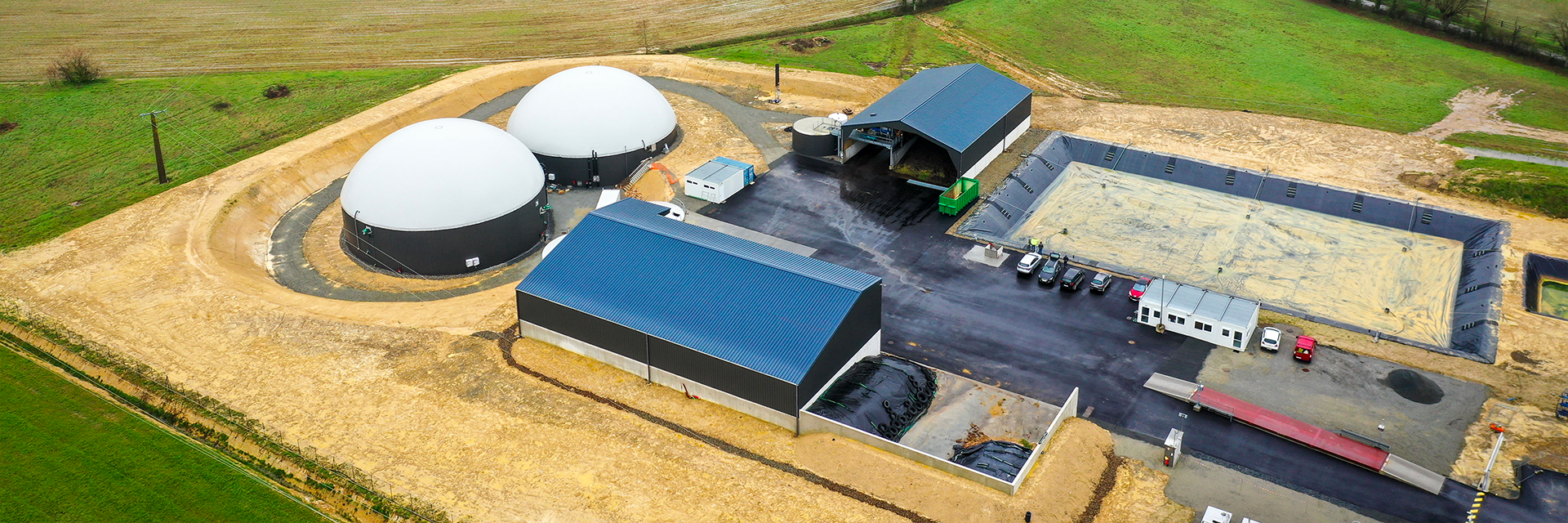

DEVELOPER • INVESTOR • OPERATOR
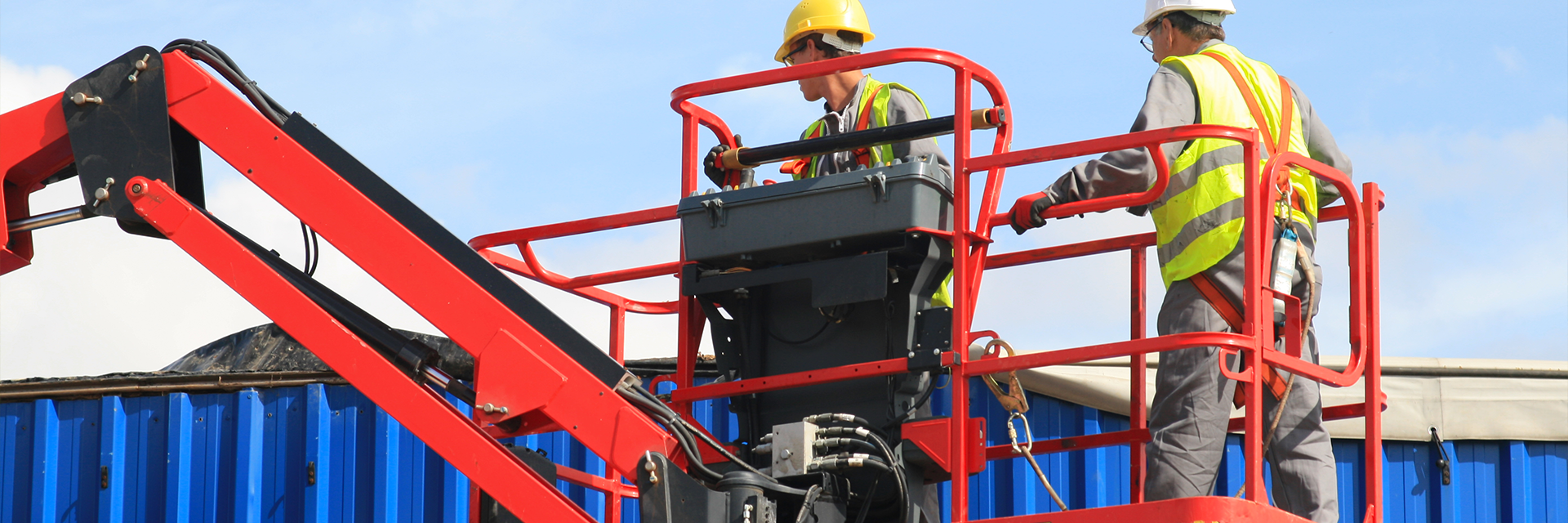

DEVELOPER • INVESTOR • OPERATOR


WHAT IS ANAEROBIC DIGESTION?A biological process whereby organic waste is converted into renewable natural gas and fertilizer. FEEDSTOCK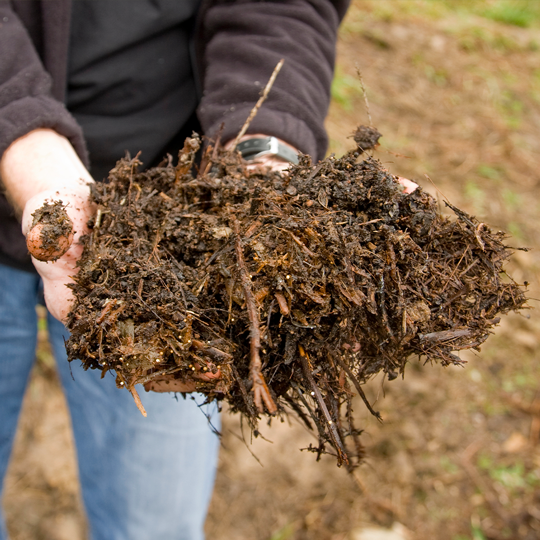
Farm organic residues 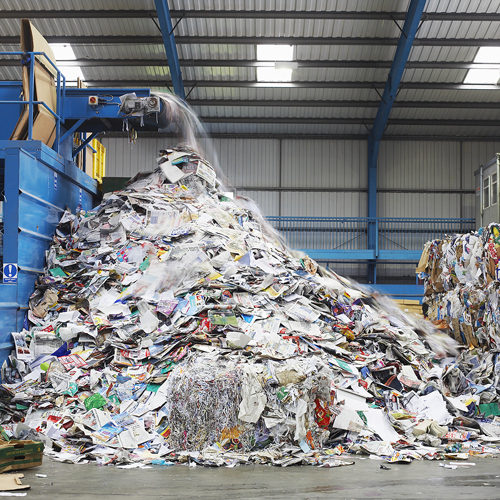
Industrial organic residues 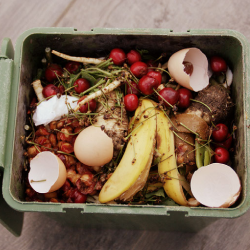
Food residues ANAEROBIC DIGESTION (AD)END USE
Gas injection 
Compressed gas 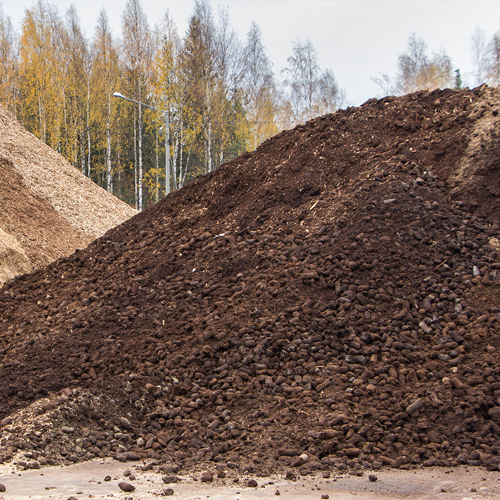
Biofertilizer BENEFITS OF AD BIOGAS PROJECTSGHG ReductionThe agricultural sector accounts for close to 10% of total GHG emissions in Canada (government source) Renewable EnergyGreen energy generated from waste Odour ReductionAnaerobic digestion reduces odours by 50% to 98% (social acceptance) Increased ProfitsFertilizer savings for partners and sharing of profits from RNG sales Agricultural BiofertilizerProduction of a high agronomic value agricultural digestate biofertilizer Circular EconomyThe recovery of waste as energy and biofertilizer helps close the carbon loop Local JobsCreation of local jobs with good working conditions Dependence on Fossil FuelsRNG will gradually replace fossil natural gas WHY NOW?In Quebec :
In Canada :
Worldwide
|
Consult the latest publications

543, boul. Sir-Wilfrid-Laurier - Mont-Saint-Hilaire ![]() (Québec) J3H 4X7
(Québec) J3H 4X7
Copyright© 2021 KERIDIS BioÉnergie